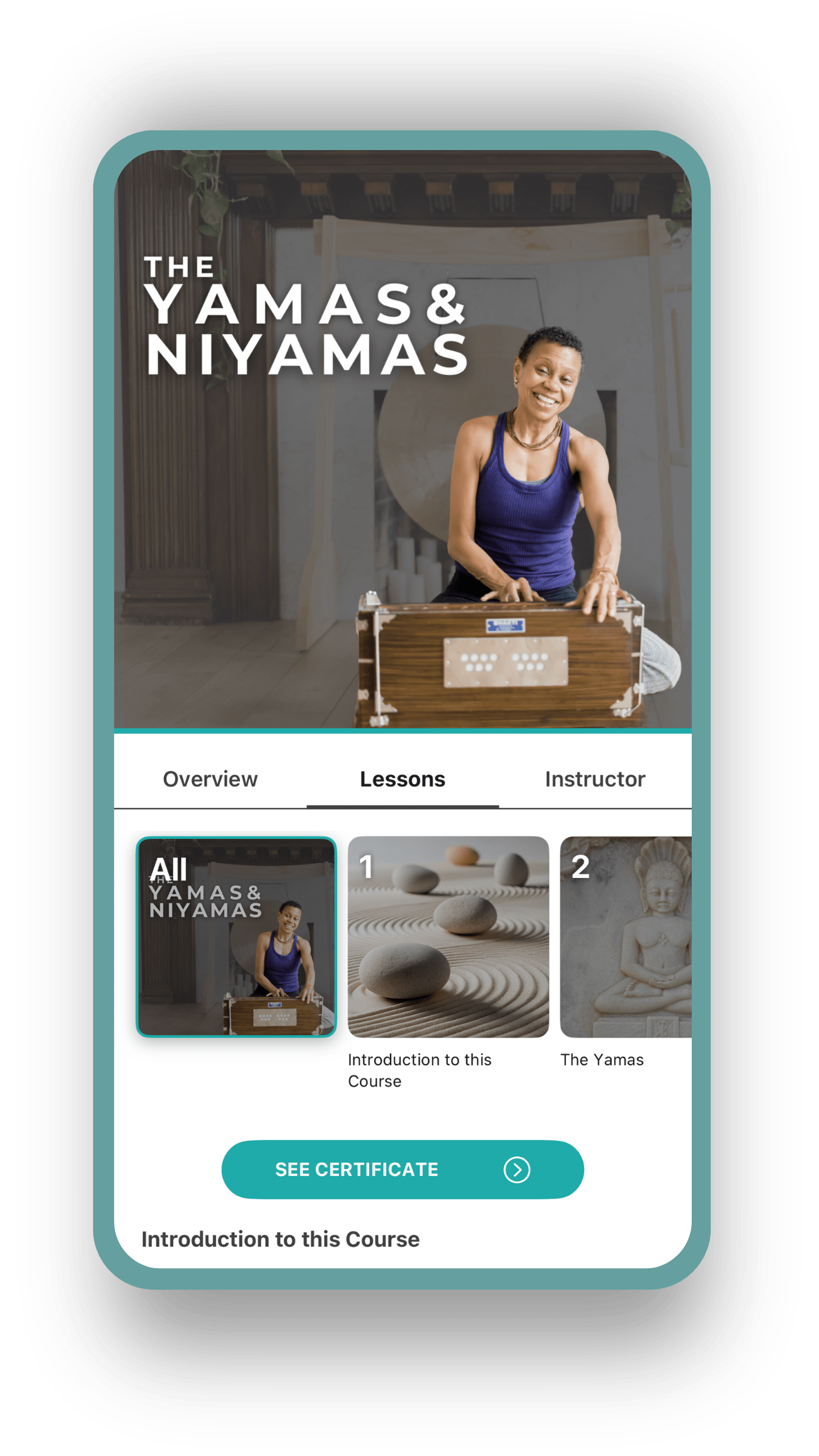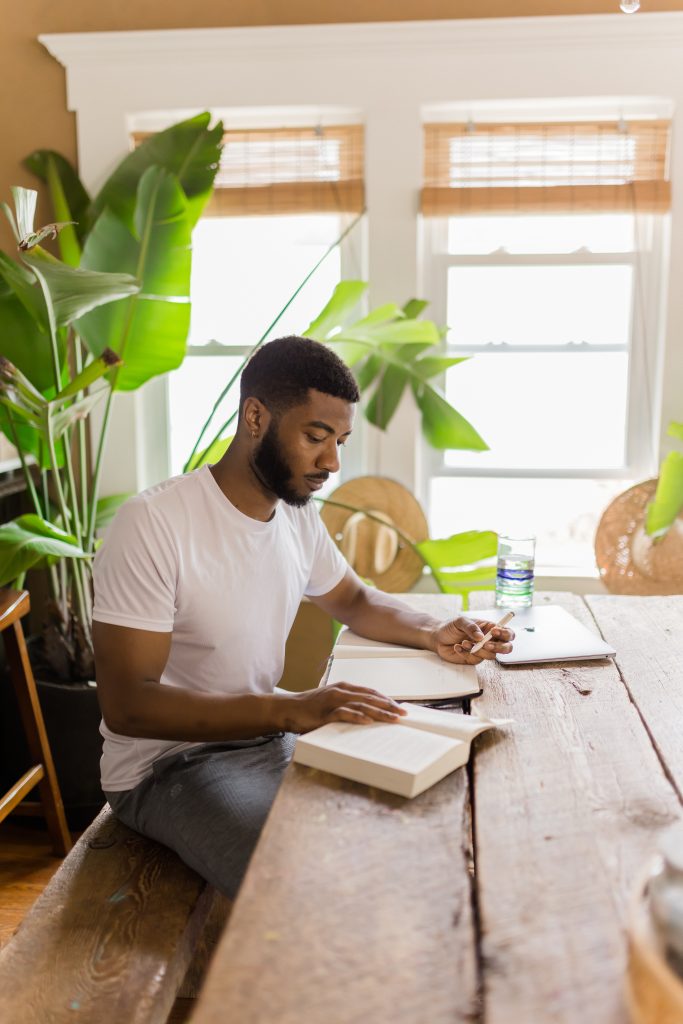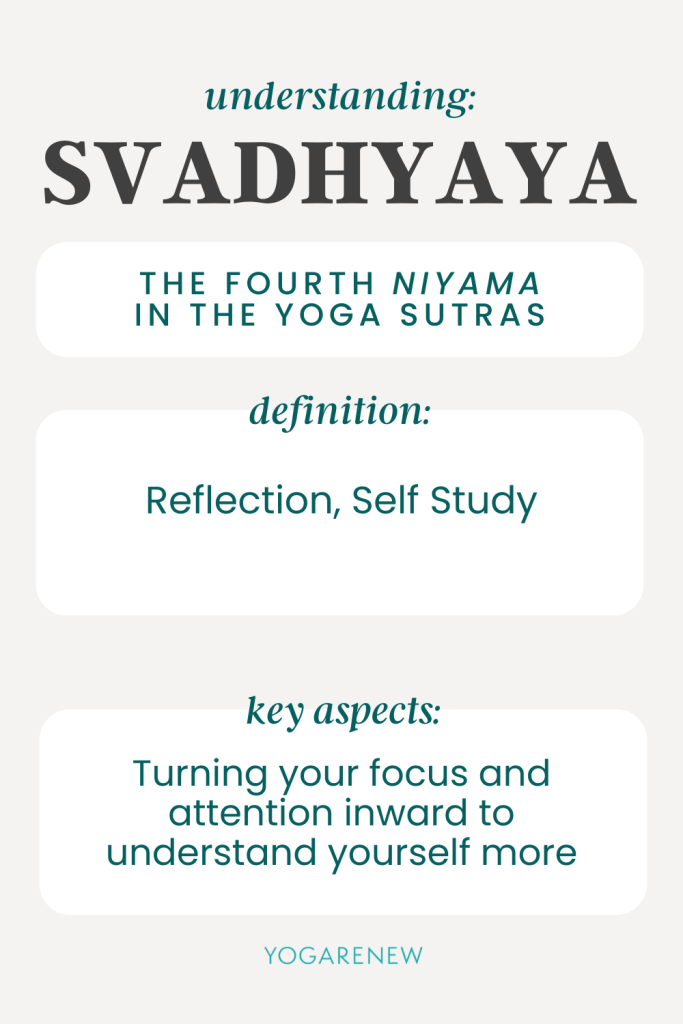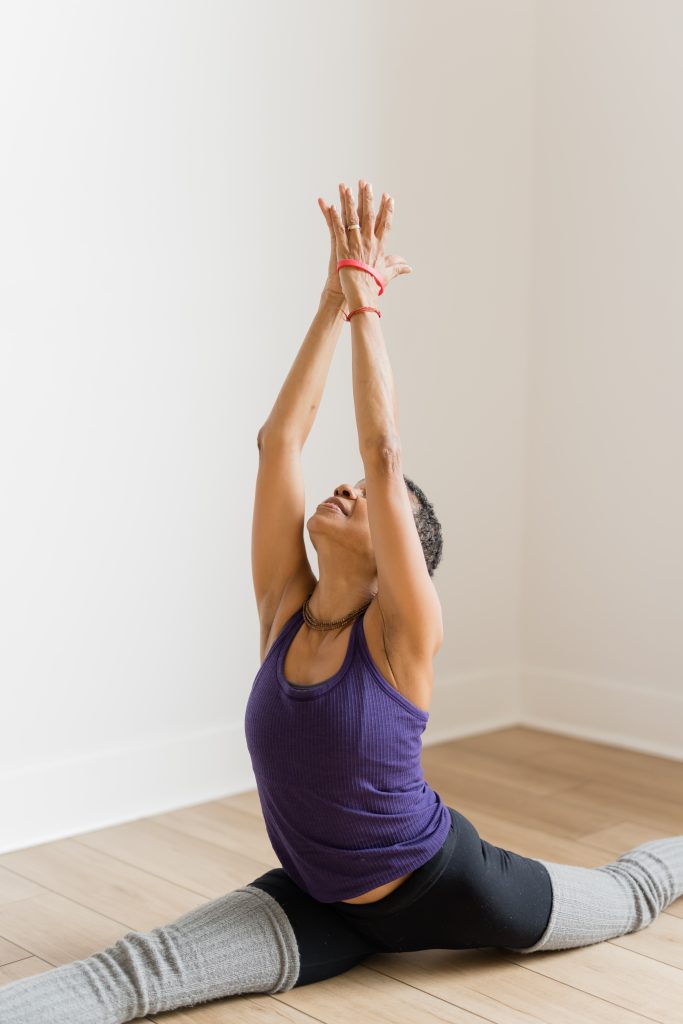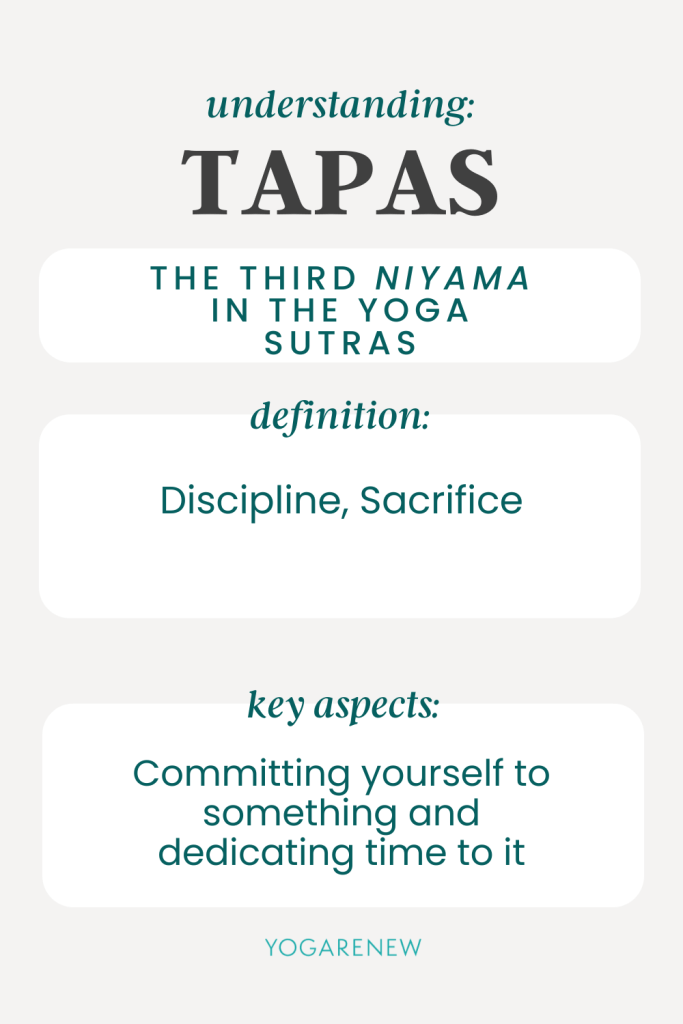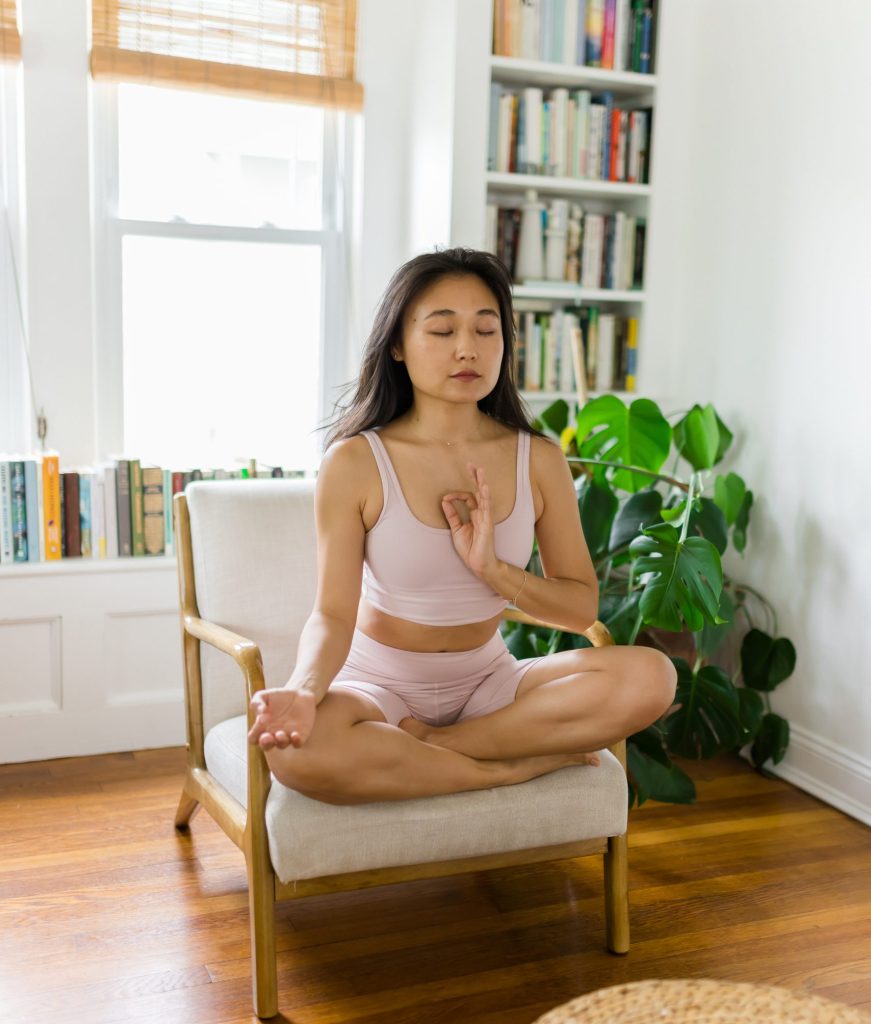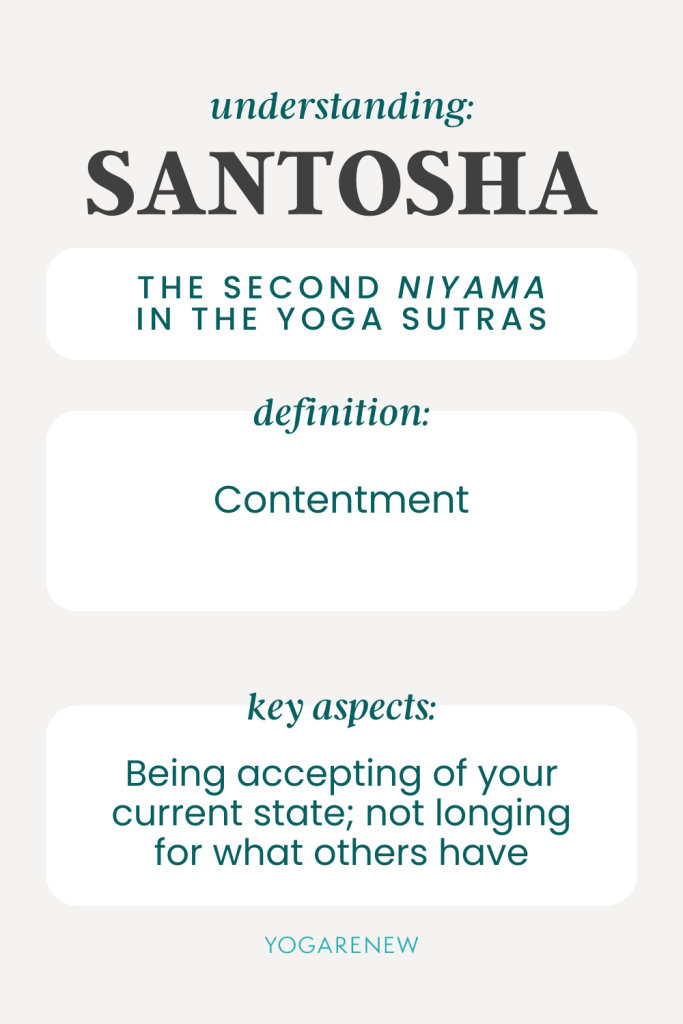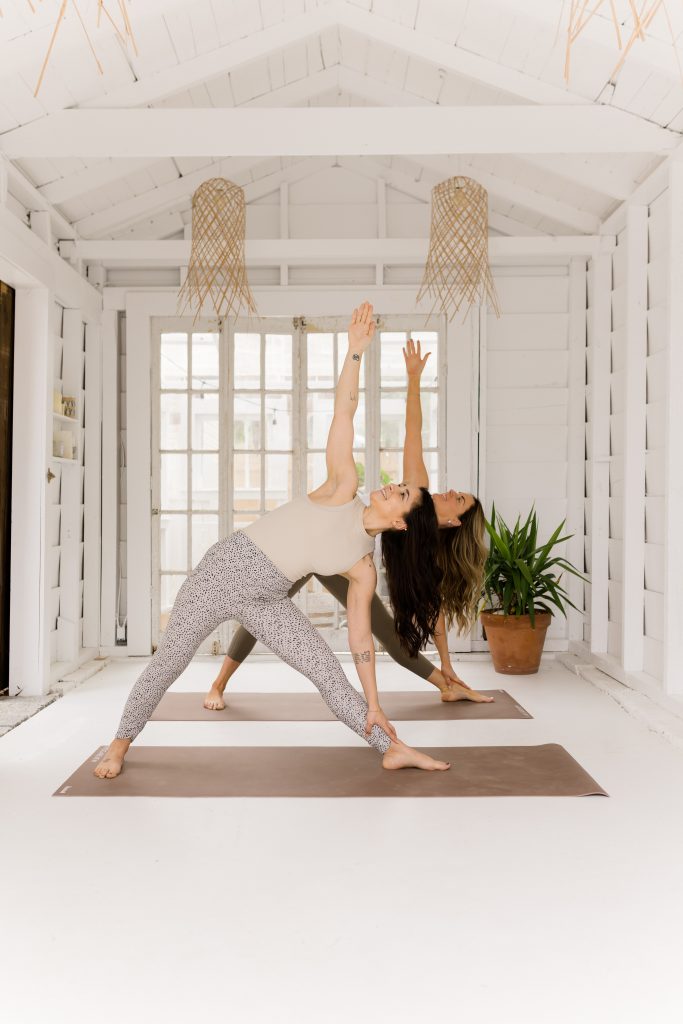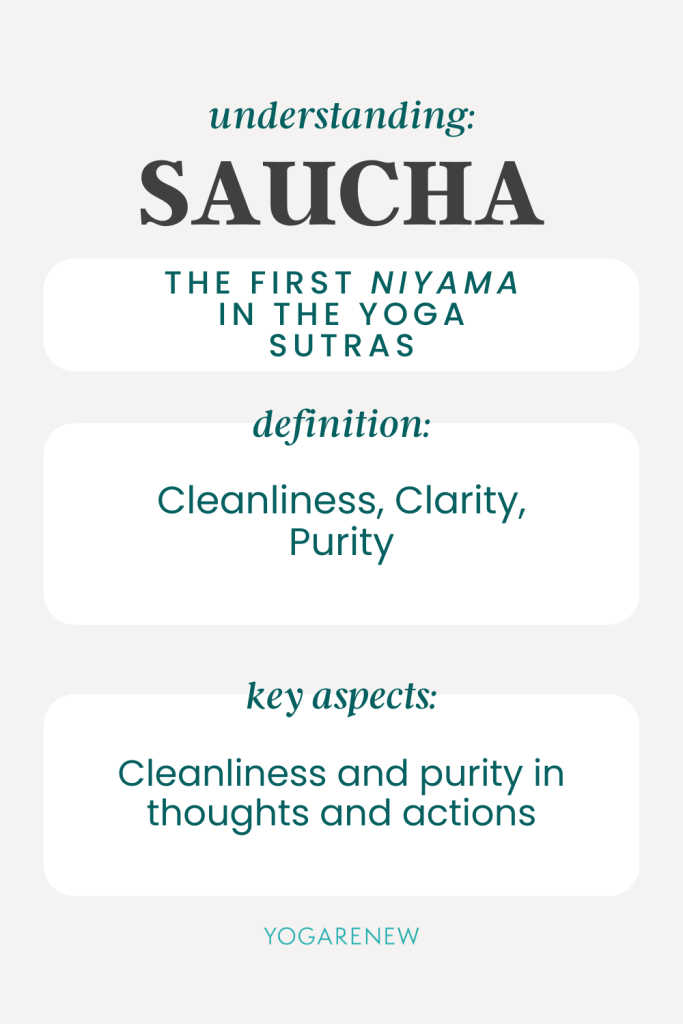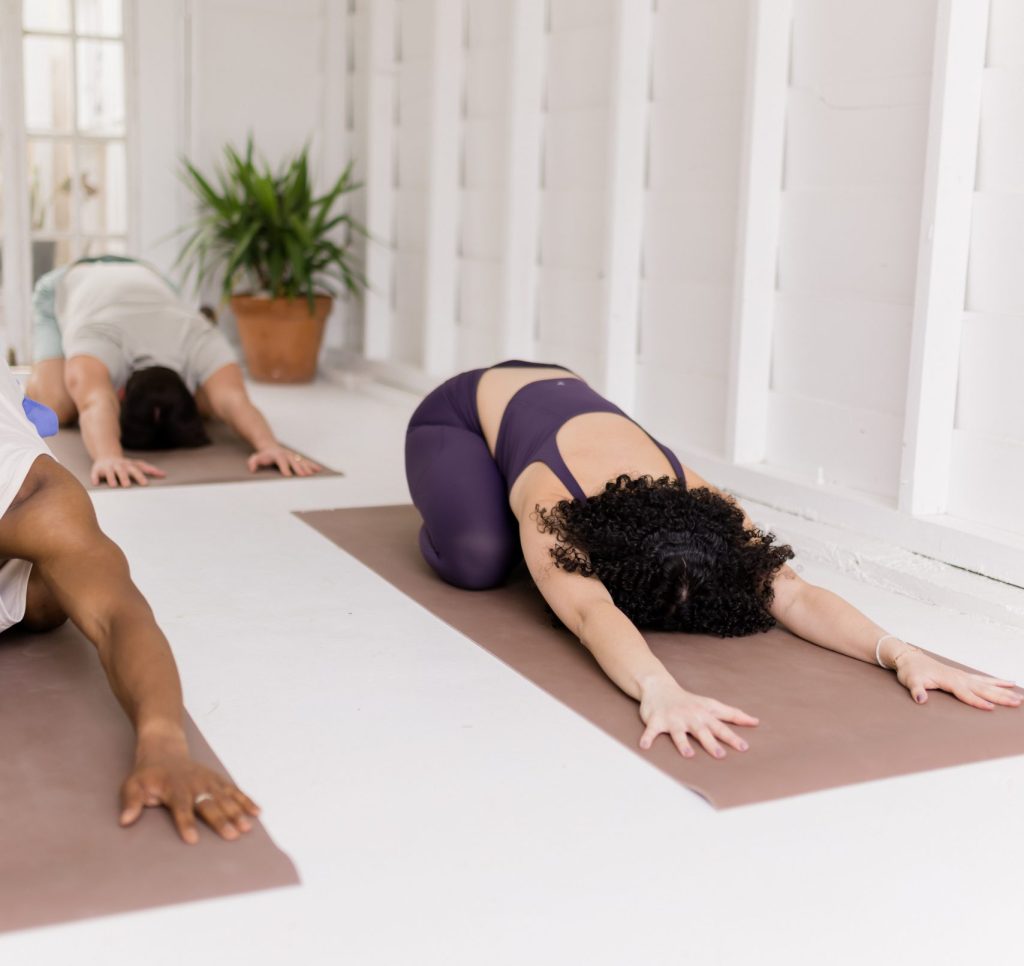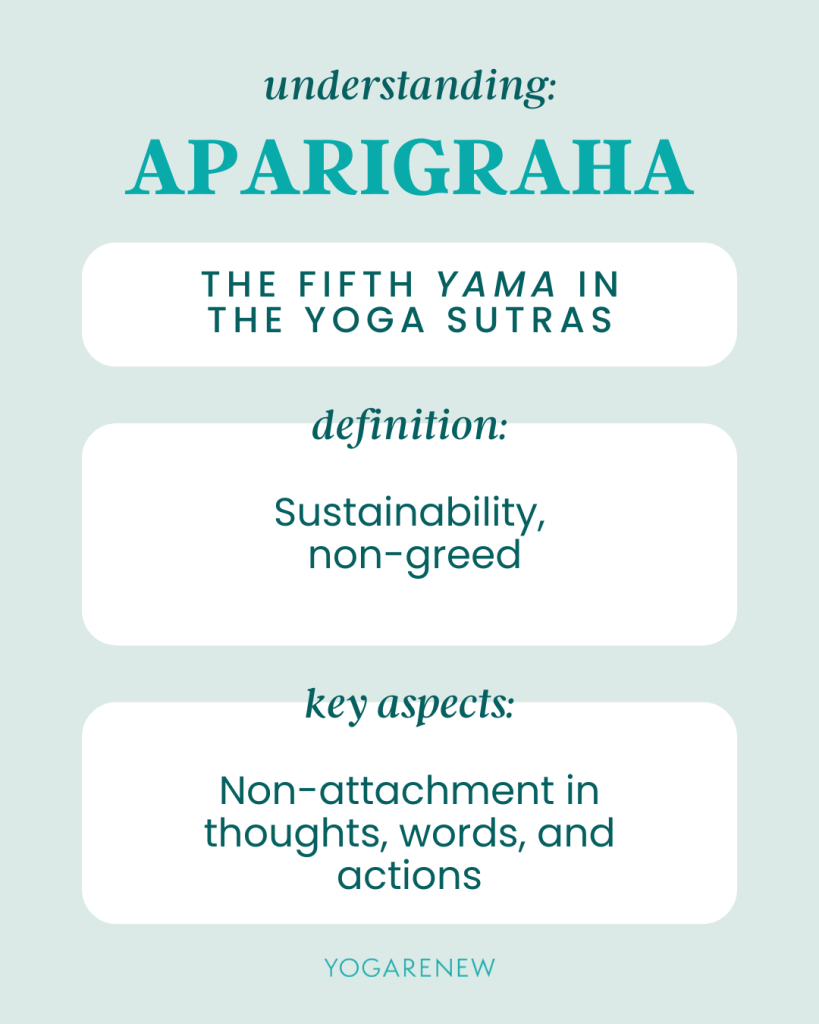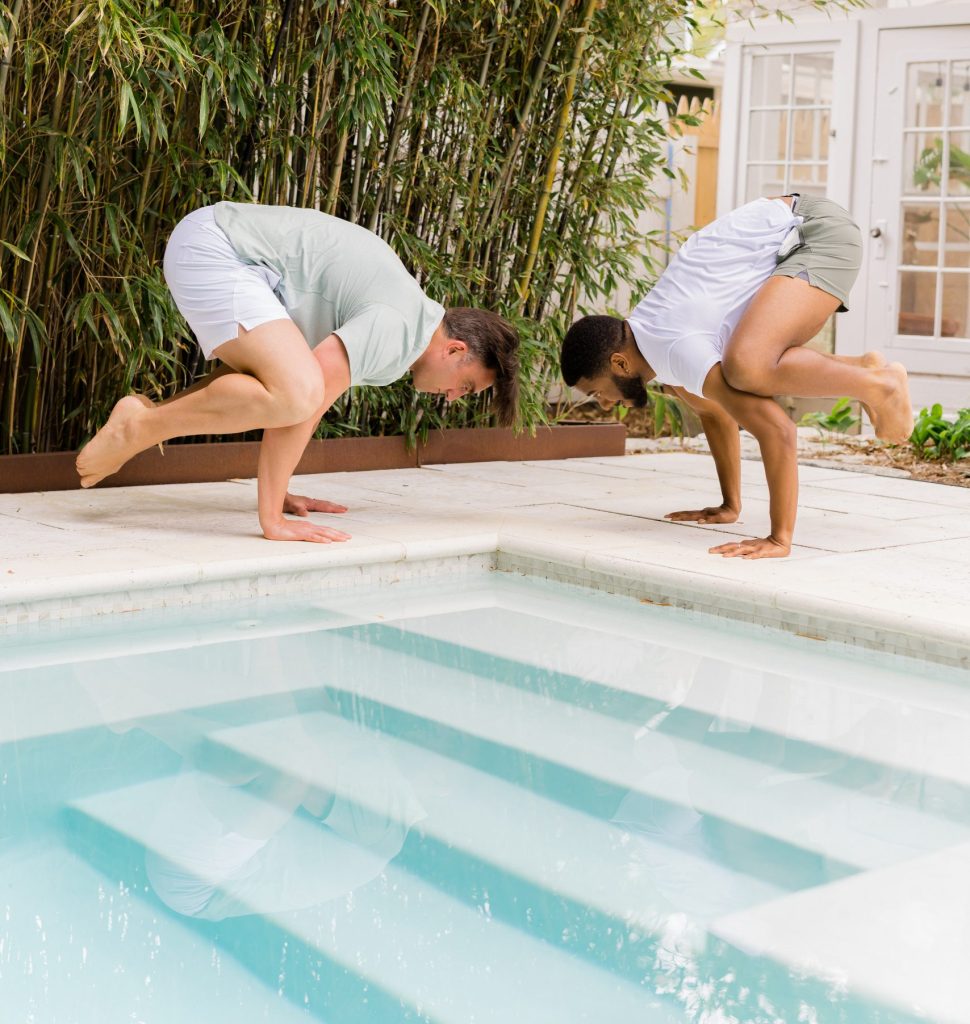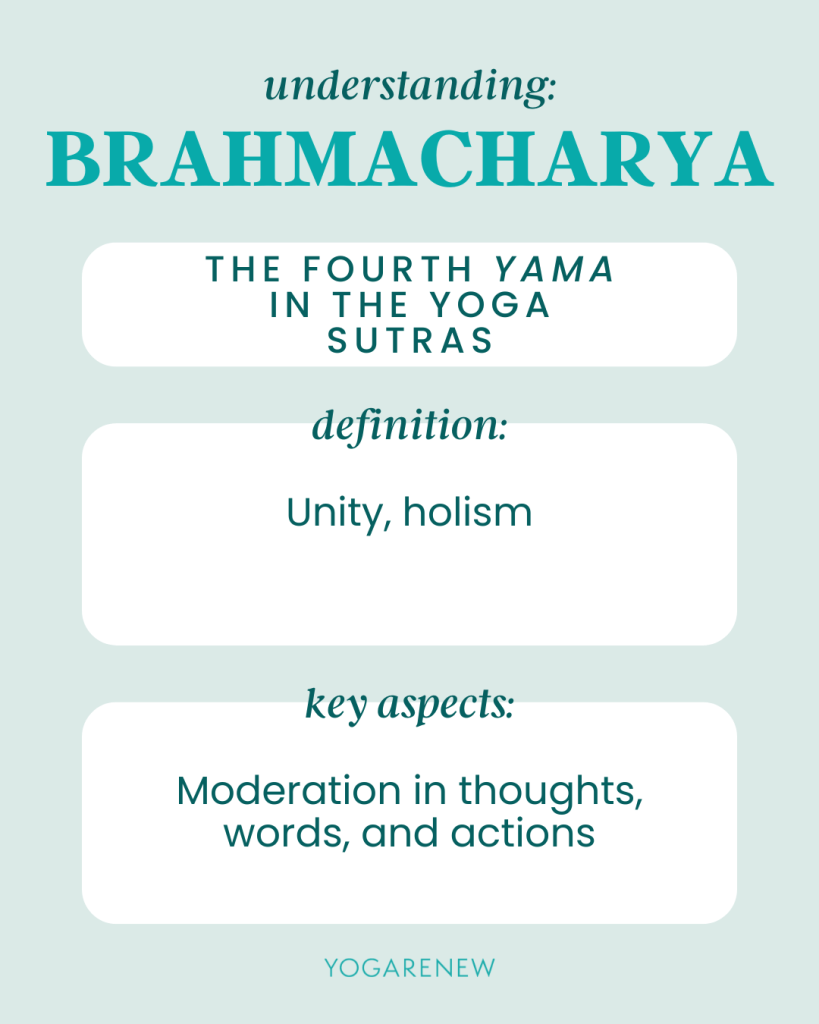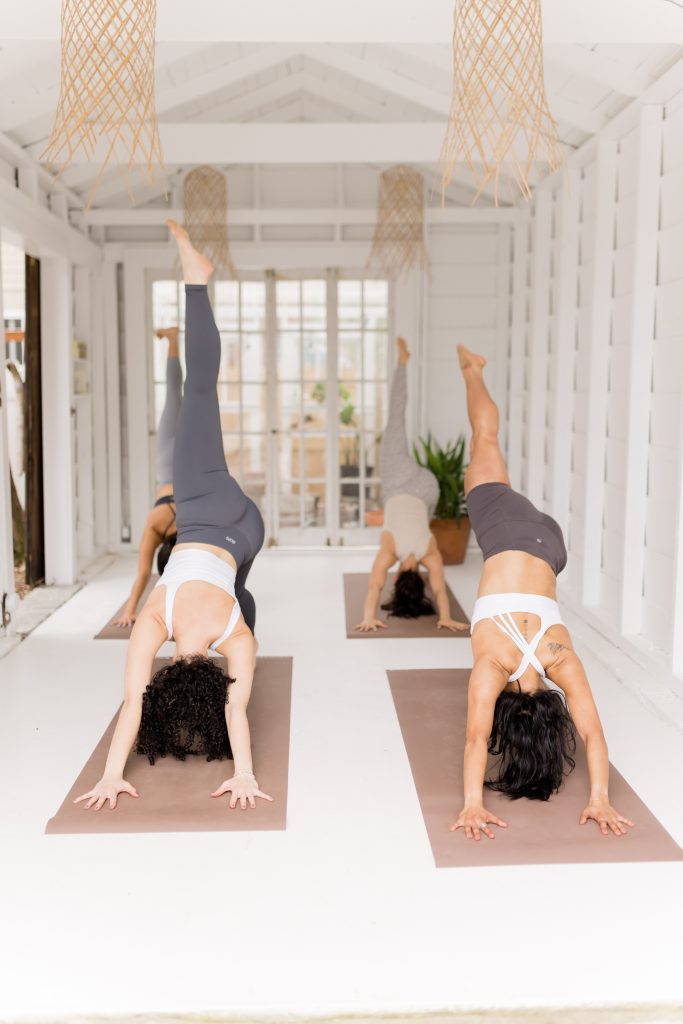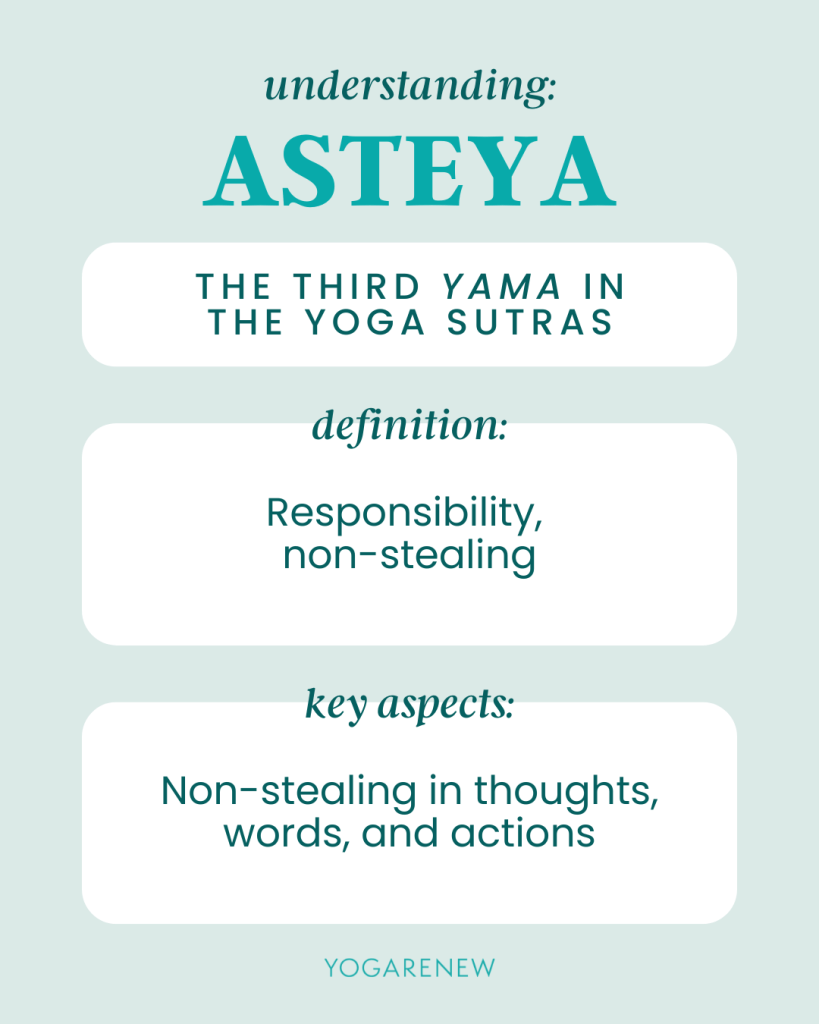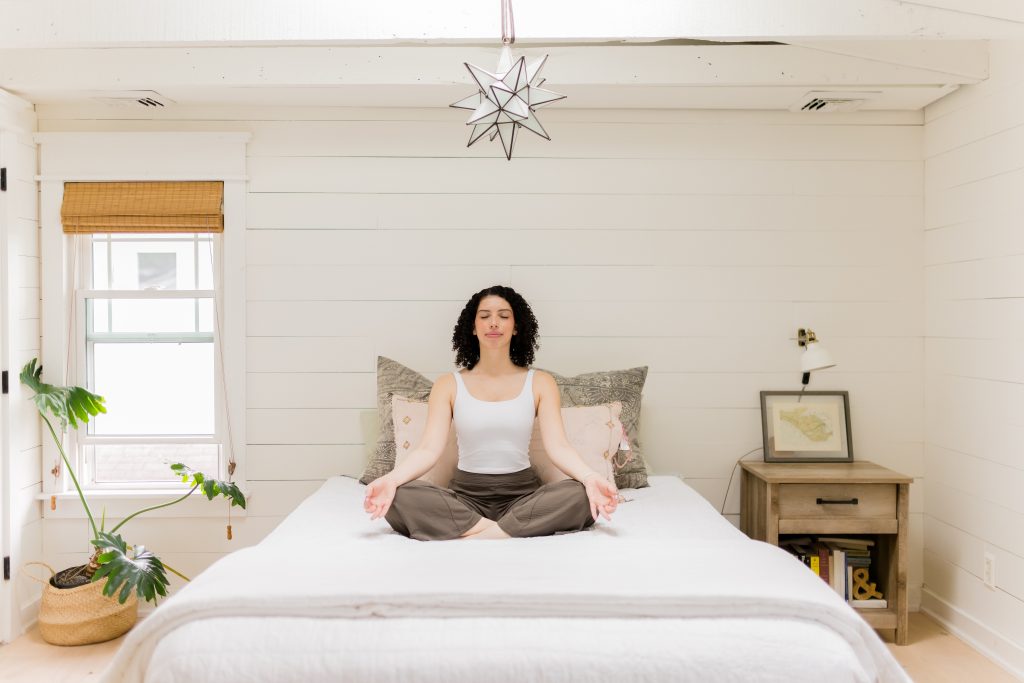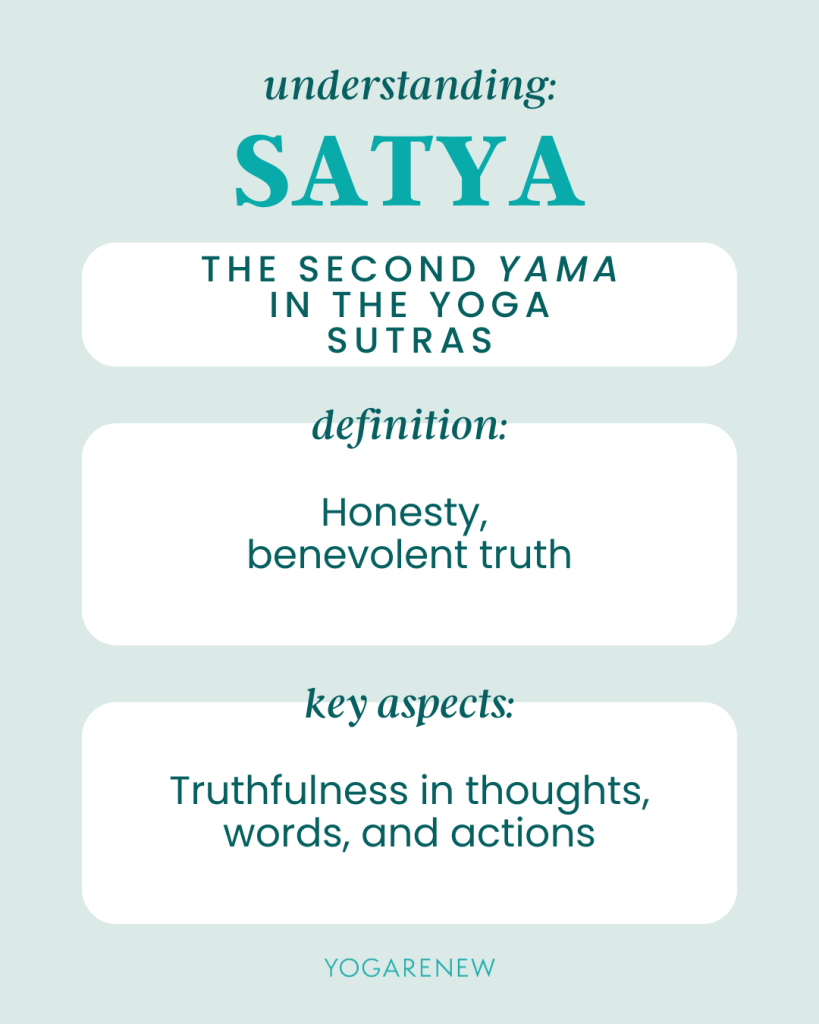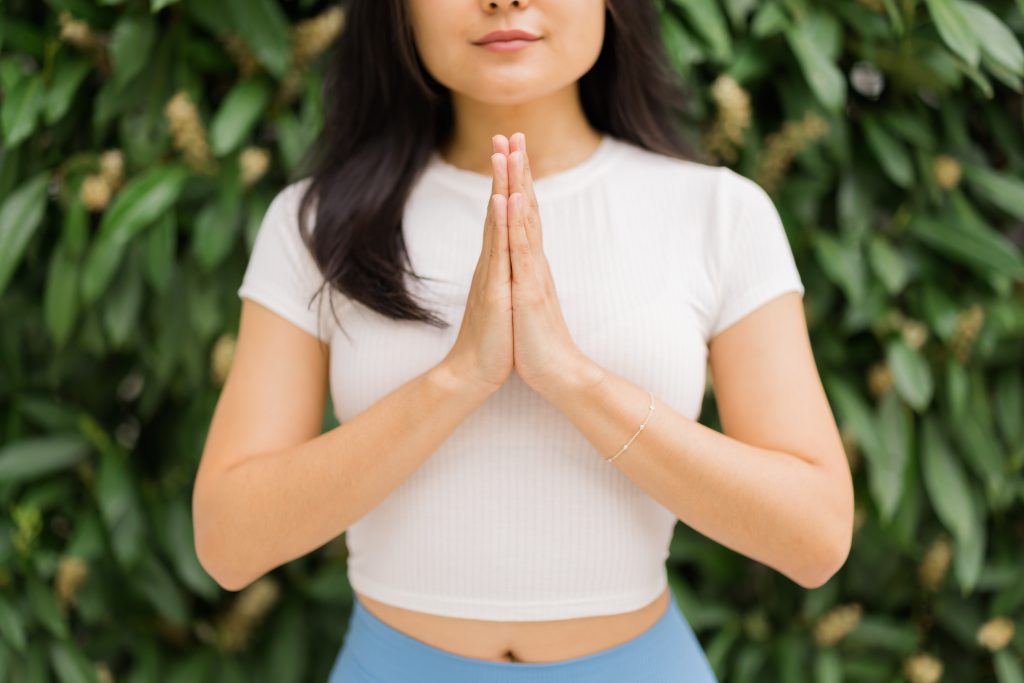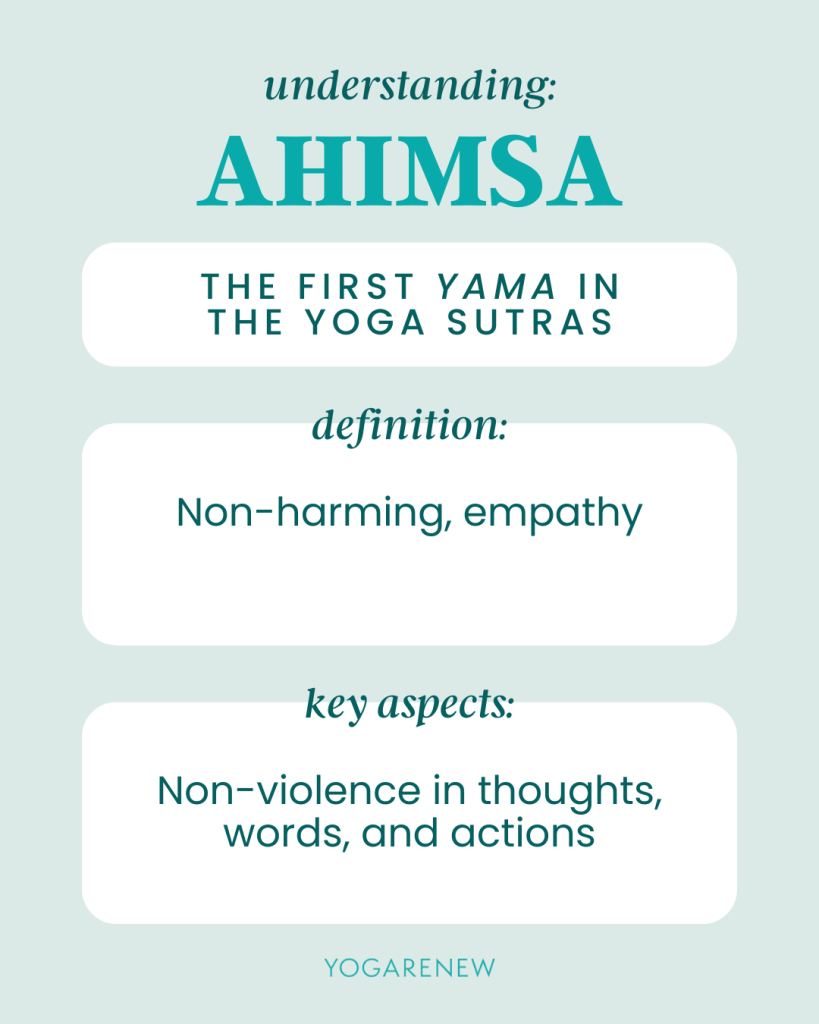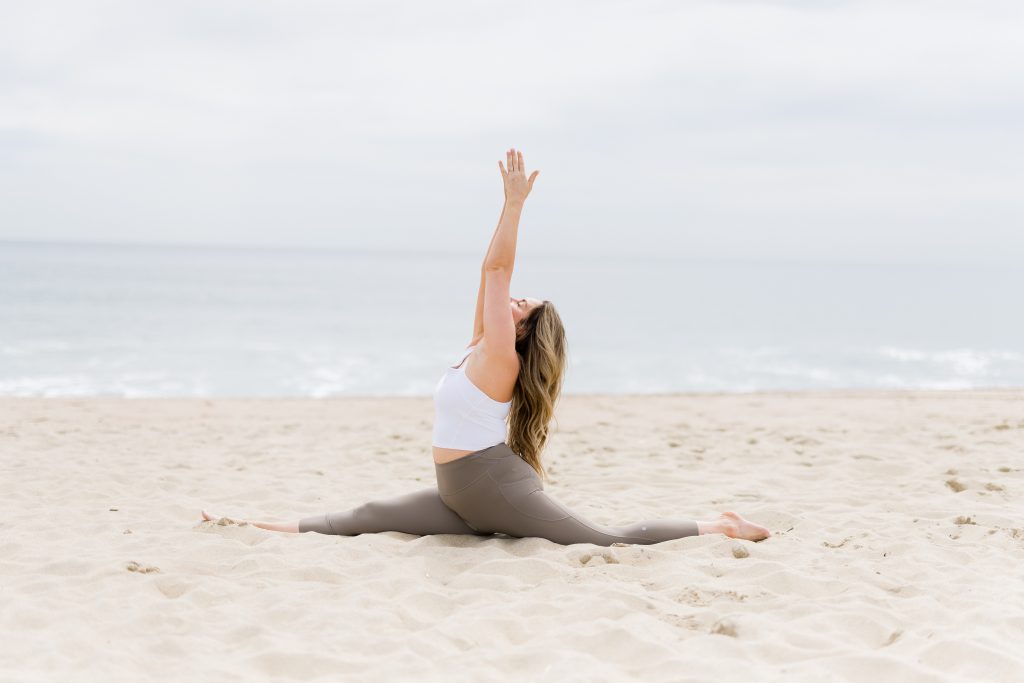
In the intricate and profound philosophy of yoga, Isvara Pranidhana stands as a principle that invites us to surrender to something greater than ourselves. Derived from Sanskrit, Isvara Pranidhana translates to “surrender to the Divine” or “dedication to a higher power.” It is the final of the five Niyamas outlined in Patanjali’s Yoga Sutras, and it holds the key to unlocking a deeper, more spiritual aspect of your practice. In this blog post, we’ll explore the essence of Isvara Pranidhana and how embracing this principle can profoundly transform your life and yoga journey.
Understanding Isvara Pranidhana
Isvara Pranidhana is about letting go of the ego and trusting in the divine flow of life. It encourages us to dedicate our actions, thoughts, and intentions to a higher power, whether that be the universe, a deity, or the collective consciousness. This practice of surrender allows us to release the need for control and
embrace a sense of peace, knowing that we are part of something much larger than ourselves. By aligning with the flow of the universe, we open ourselves up to new possibilities, experiences, and spiritual growth.
The Role of Isvara Pranidhana in Yoga Practice
On the mat, Isvara Pranidhana invites us to approach our practice with humility and devotion. Rather than striving for perfection in each pose or seeking external validation, we are encouraged to dedicate our practice to a higher purpose.
Here’s how you can incorporate Isvara Pranidhana into your yoga practice:
- Letting Go of the Ego: Release the need to achieve specific goals or compare yourself to others in your practice. Instead, focus on the journey and the deeper purpose behind each movement.
- Mindful Dedication: Start your practice with a dedication or intention. Whether it’s dedicating your practice to the well-being of others or surrendering to the guidance of a higher power, this simple act can infuse your practice with deeper meaning.
- Trusting the Process: Surrender to the flow of your practice, allowing your body and breath to move naturally. Trust that each pose and each breath is leading you toward growth and transformation.
Isvara Pranidhana Beyond the Mat: Surrender in Daily Life
The practice of Isvara Pranidhana extends beyond the mat and into every aspect of our lives. It teaches us to surrender to life’s ups and downs, trusting that each experience is part of our spiritual journey.
Here are some ways to integrate Isvara Pranidhana into your daily life:
- Acceptance: Embrace life as it unfolds, accepting both the challenges and the joys with an open heart. Trust that each moment is an opportunity for growth and learning.
- Letting Go of Control: Recognize the limits of your control and learn to surrender the outcomes of your actions. By letting go, you free yourself from unnecessary stress and anxiety.
- Living with Devotion: Infuse your daily activities with a sense of devotion and purpose. Whether it’s your work, relationships, or hobbies, approach everything you do with a spirit of dedication to something greater.
The Transformative Power of Surrender
Embracing Isvara Pranidhana can lead to profound personal and spiritual transformation. When we surrender to the divine, we release the burdens of the ego and allow ourselves to experience life with greater ease, grace, and joy. This surrender is not about giving up but rather about trusting that we are supported and guided on our path.
- Inner Peace: Surrendering the need for control and perfection leads to a deep sense of inner peace. You begin to trust in the natural flow of life, knowing that everything is unfolding as it should.
- Spiritual Growth: Isvara Pranidhana opens the door to spiritual growth by allowing you to connect more deeply with your higher self and the divine. It fosters a sense of unity and oneness with all of creation.
- Resilience: By letting go of attachment to outcomes, you become more resilient in the face of life’s challenges. You learn to navigate difficulties with grace, knowing that you are supported by a higher power.
Explore the Depths of Yoga with Our Online Courses
If the principle of Isvara Pranidhana resonates with you and you’re ready to deepen your yoga practice, our online yoga courses offer a unique opportunity to explore this transformative path. Our courses are designed to guide you through the profound teachings of yoga philosophy, helping you integrate these principles into your life and practice.
- Comprehensive Learning: Our courses cover a wide range of topics, including the Niyamas, Yamas, meditation, and more. You’ll gain a deep understanding of Isvara Pranidhana and how to embody it both on and off the mat.
- Practical Application: Learn how to apply the principle of surrender in your daily life through practical exercises, guided meditations, and reflective practices that will enhance your spiritual growth.
- Supportive Community: Join a community of like-minded individuals who are on the same journey of self-discovery and spiritual development. Share your experiences, ask questions, and grow together in a supportive environment.
Conclusion: Surrender to the Flow of Life
Isvara Pranidhana invites us to surrender to the divine flow of life, trusting that we are part of something much greater than ourselves. By embracing this principle, you can experience profound transformation, both in your yoga practice and in your daily life. If you’re ready to explore the depths of yoga and discover the power of surrender, our online yoga courses are the perfect place to start.
Join us today and embark on a journey of spiritual growth, inner peace, and connection with the divine. Let Isvara Pranidhana guide you toward a more meaningful and fulfilled life.
Take a Journey Through the Yamas/Niyamas
Enhance your spiritual journey with incredible insight on the Yamas/Niyamas in Julie Pasqual’s immersive and transformative online course. Get started for free, and gain access to YogaRenew’s app with all of our workshops, classes, series and live events.


